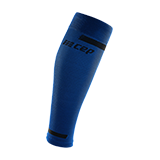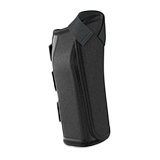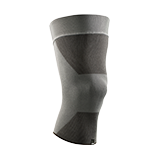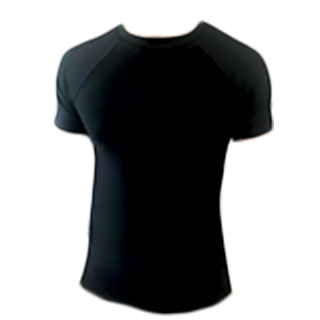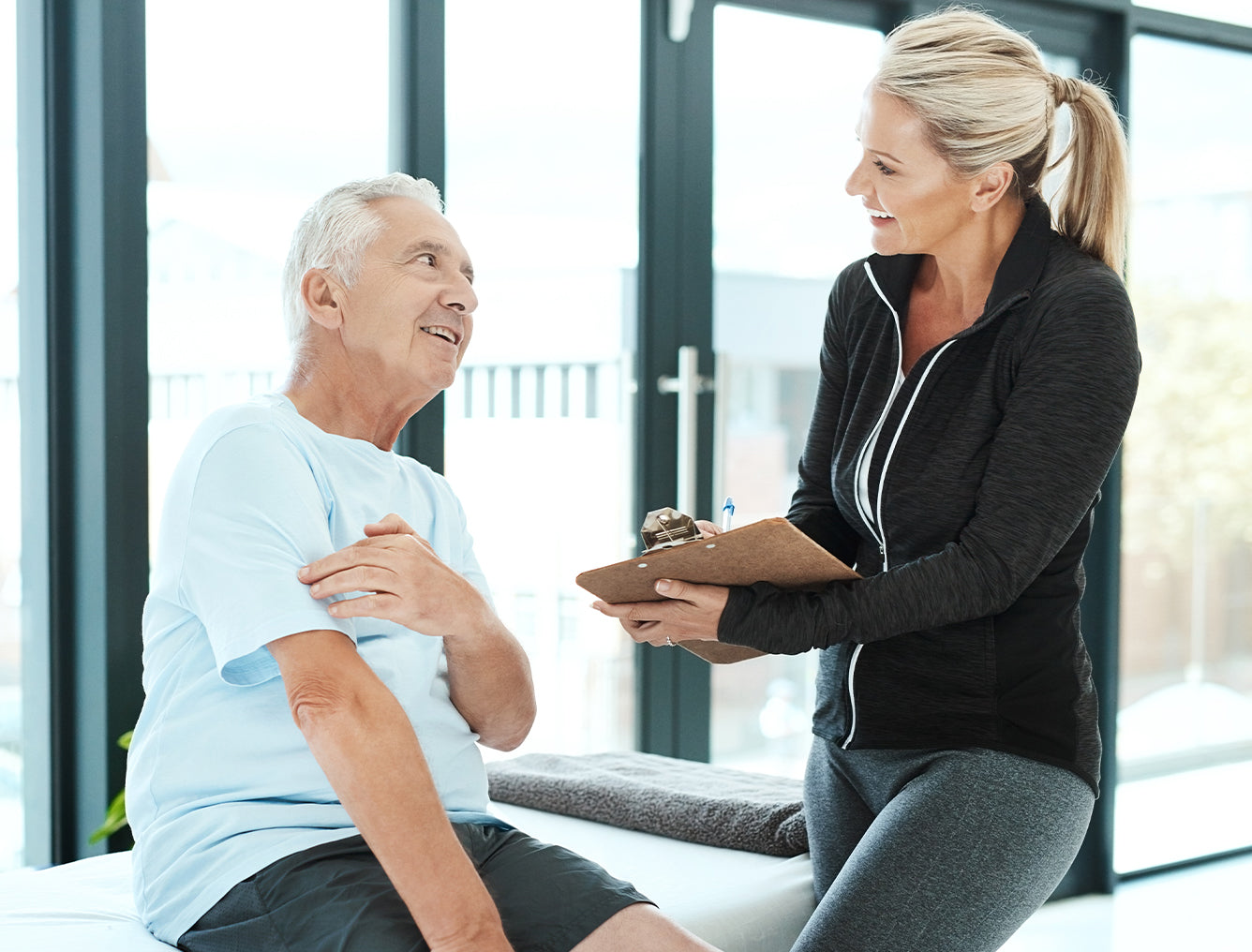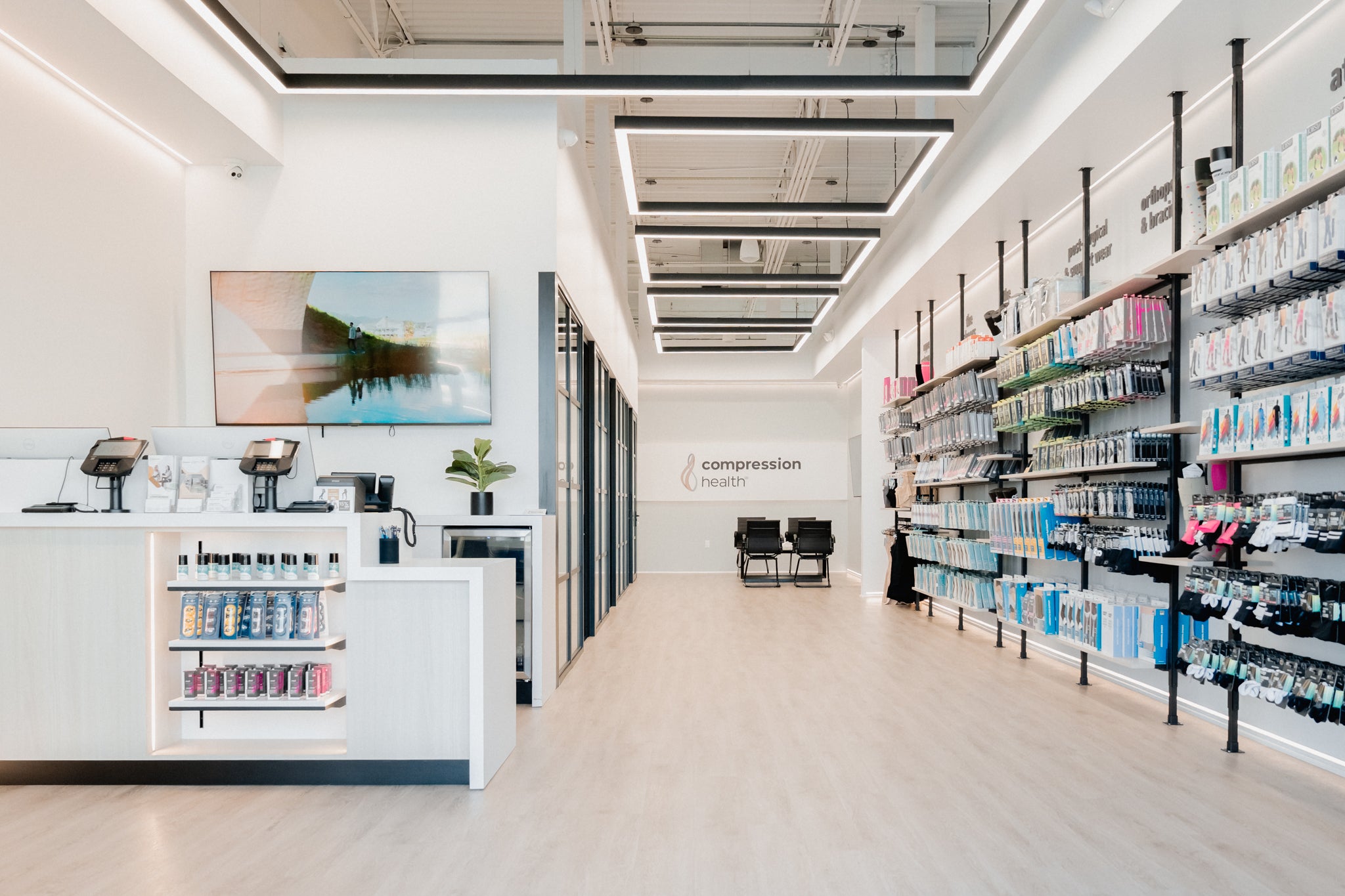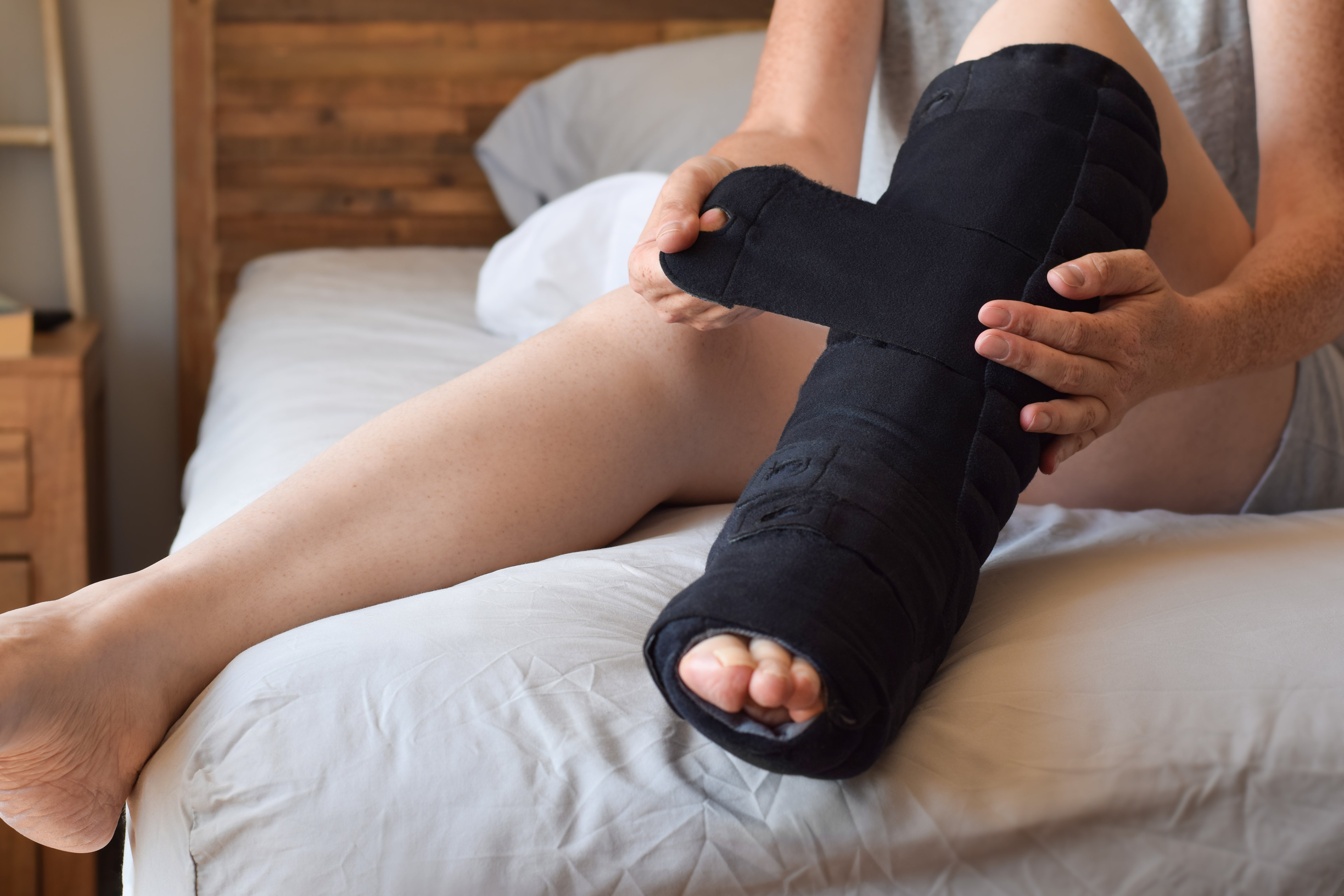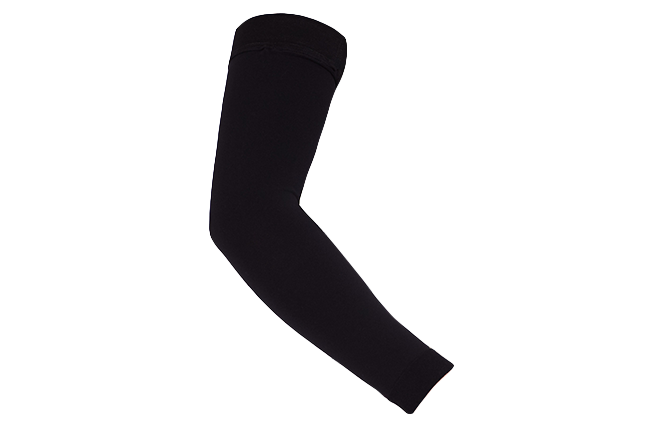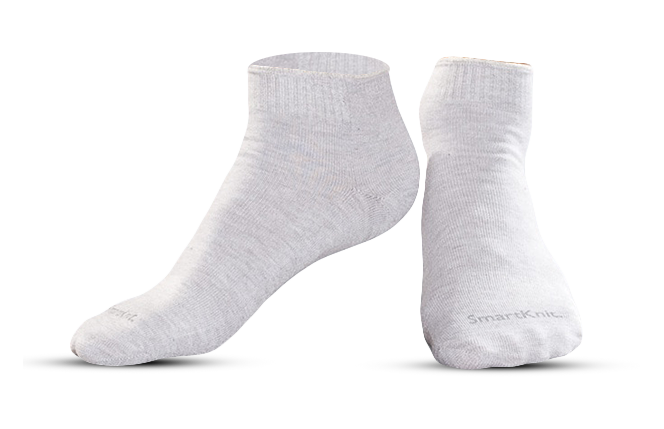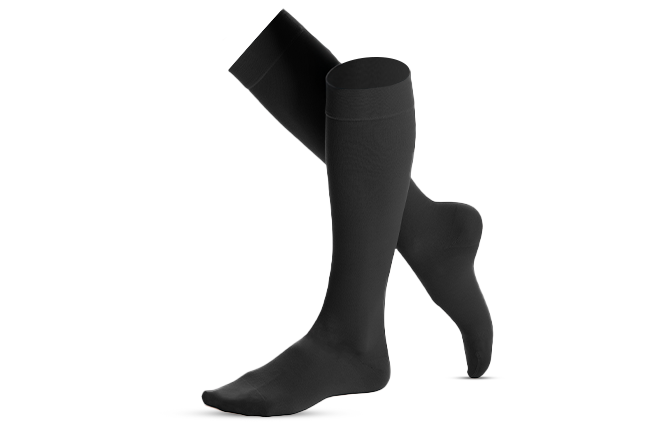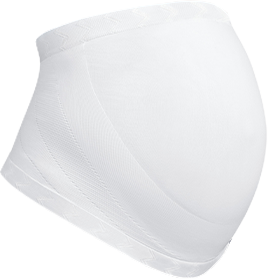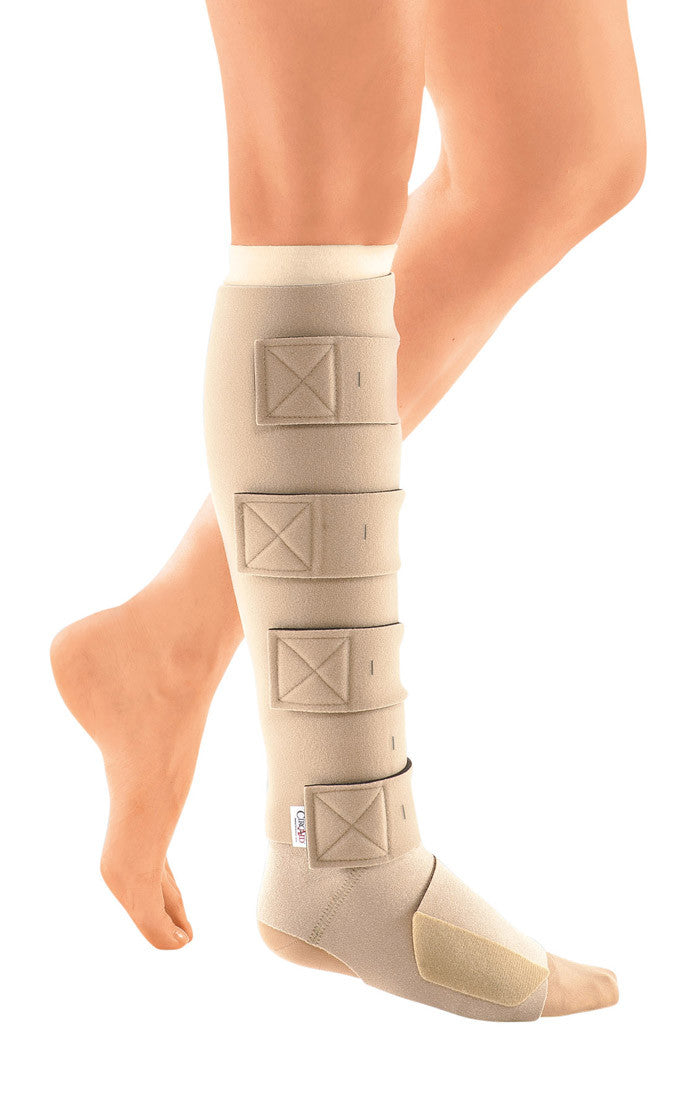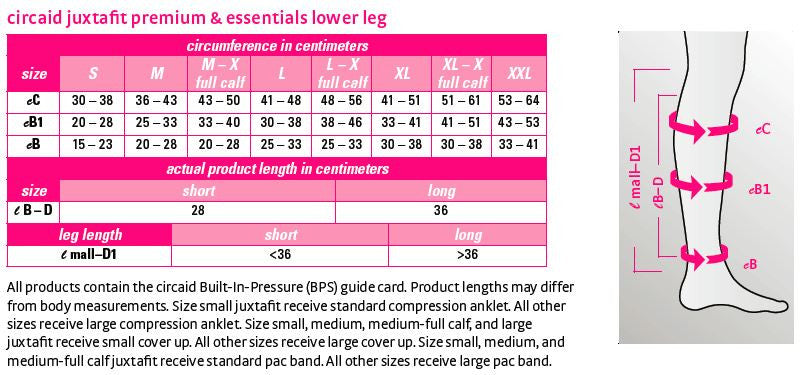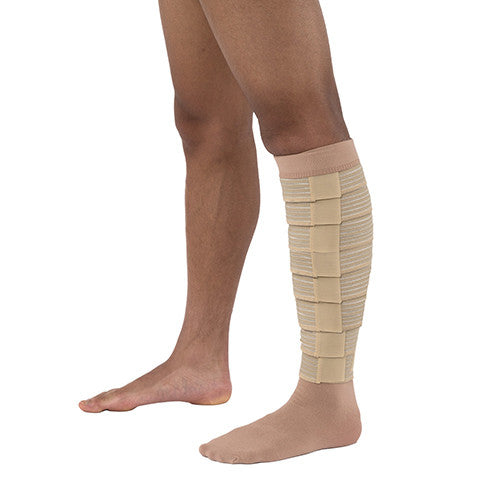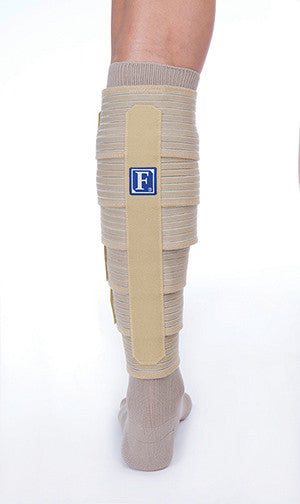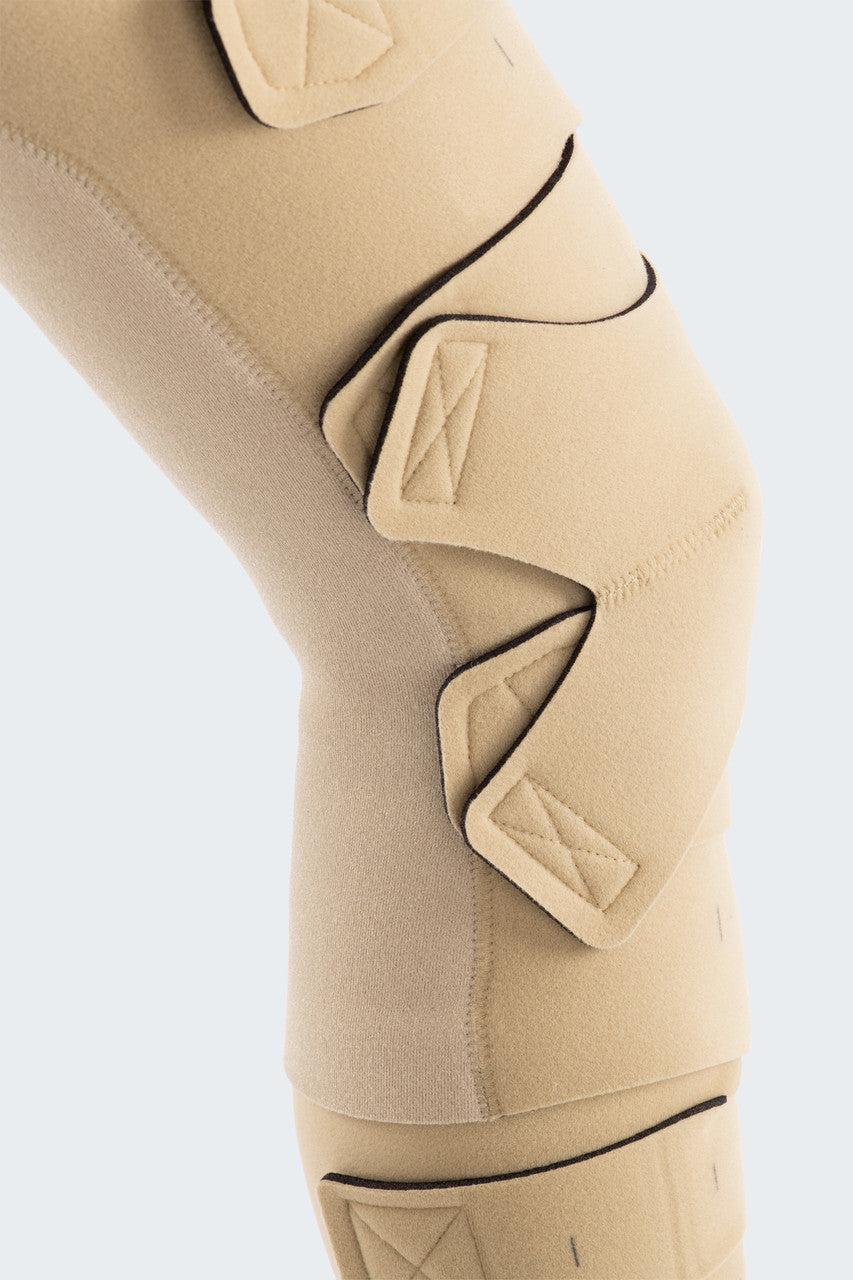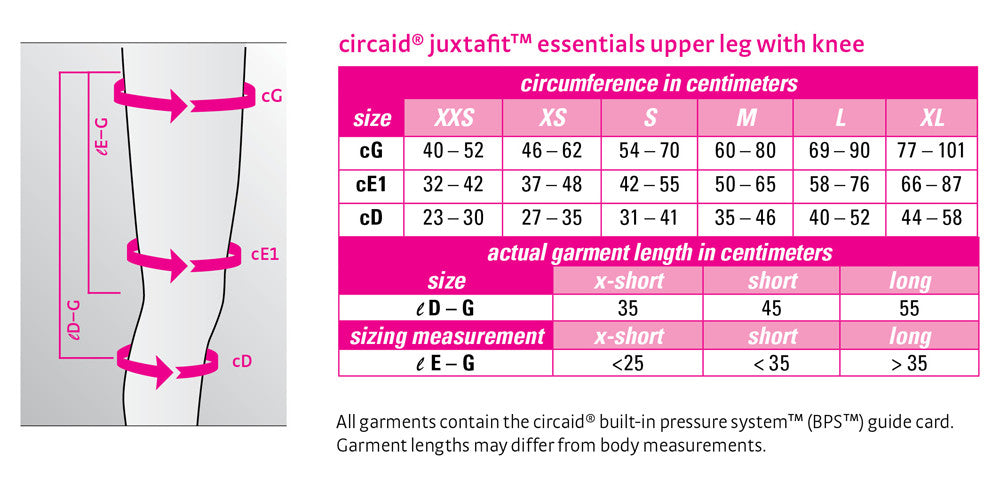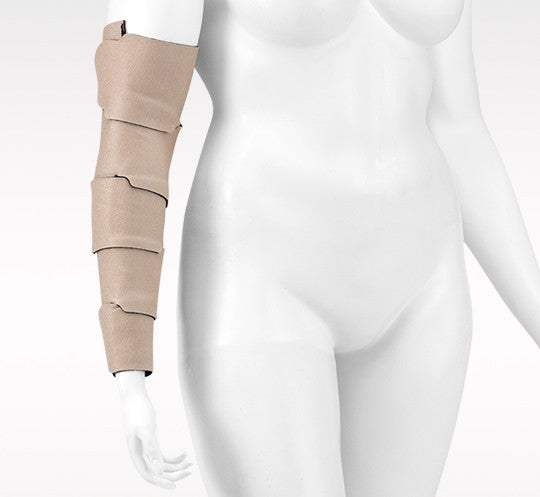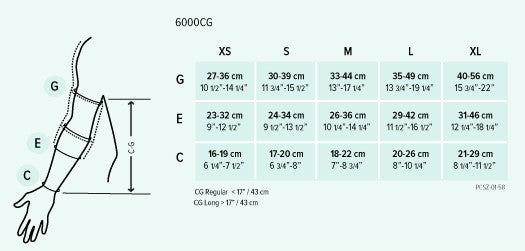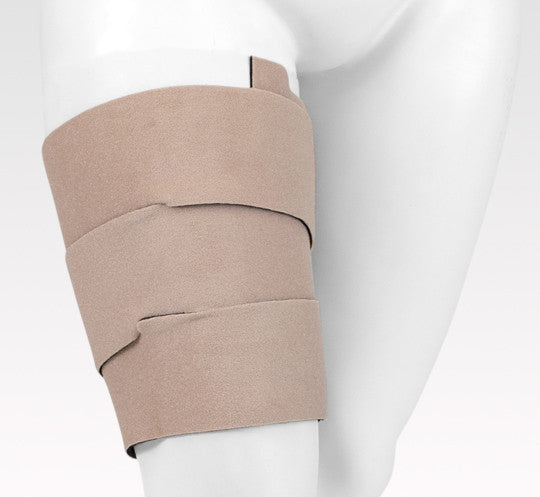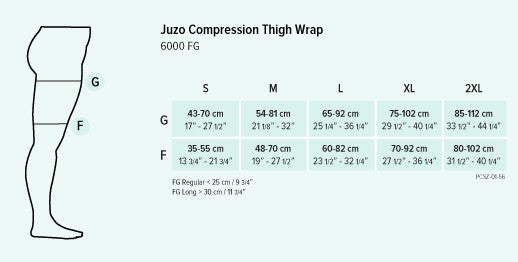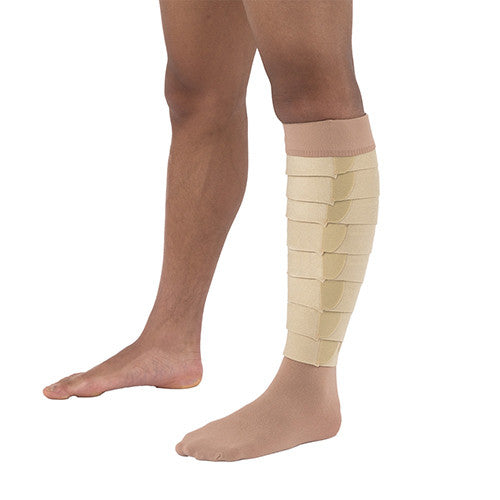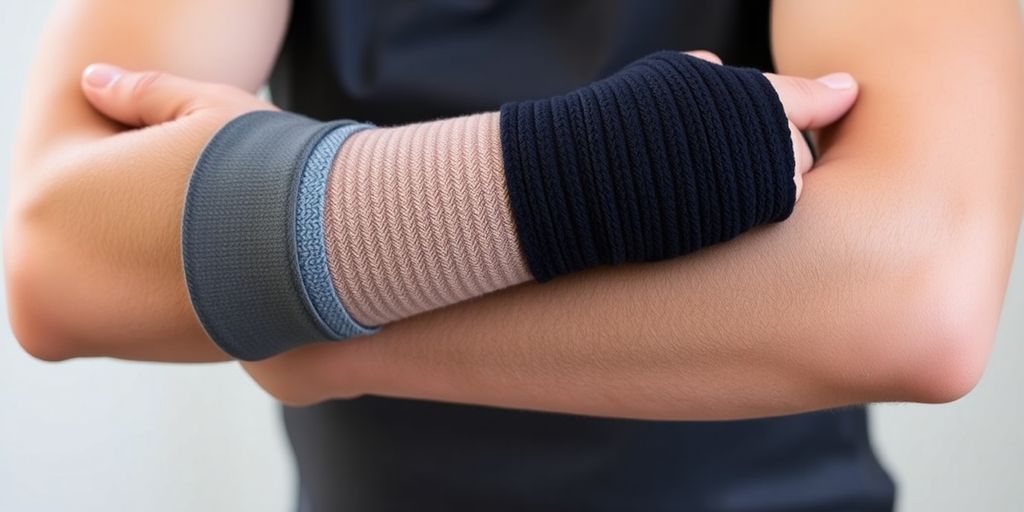Compression Support
personalized to you
Get Personalized Recommendations Now
Trusted by 120K+ Customers | Free shipping with purchase of $125 or more | 45 day return policy | HSA/FSA Eligible
Happy customers
Years of Operation
Sustainable materials
Countries reached
Medical-Grade Compression
Trusted brands for improved circulation, reduced swelling, and all-day comfort.
Find What You’re Looking For
Frequently Shopped

"Compression therapy plays a very important role in managing lymphedema, spider veins, diabetic circulation, and maternal support. Compression Health's garment assortment is engineered to boost circulation and support chronic conditions."
– Dr. Mehta (Chief Medical Officer)
Here’s what you need to know
Hear from our customers
Managing diabetes complications in my legs was becoming a real concern. My doctor recommended compression therapy, and Compression Health has been a game-changer. The team understood my specific needs as a diabetic and created a gentle, effective treatment plan. After two months, the swelling in my ankles has reduced significantly, and I feel much more confident about my circulation health. Their expertise with diabetic patients really shows.
— Robert DDiabetic Support Customer
Dealing with circulation issues was affecting my daily activities and confidence. The team at Compression Health was so patient and thorough in explaining how their treatments could help. Six weeks later, I'm walking longer distances, sleeping better, and feeling more like myself again. Their professional yet caring approach made all the difference in my health journey.
— Linda KRetiree
I was skeptical about compression therapy at first, but the results speak for themselves. My post-run recovery has improved significantly, and I've had fewer issues with swelling and soreness. The staff at Compression Health took time to understand my training schedule and goals, creating a plan that actually fits my lifestyle. Three months in, and I'm hitting new personal records!
— Mike TSenior Marathon Runner
I was so self-conscious about the spider veins on my legs that I stopped wearing skirts and dresses altogether. The compression therapy program at Compression Health has dramatically improved the appearance of my legs over the past four months. The staff explained exactly how the treatment works and set realistic expectations. Now I feel comfortable showing my legs again, and my confidence is back!
— Erica LMarketing Professional
Articles & guides
Do Compression Socks Prevent Blood Clots While Flying? Your Guide to Safer Air Travel
Navigating Compression: Is 20/30 mmHg Too Much for Your Needs?
The Ultimate Guide to Choosing Compression Wraps for Arms
Frequently asked questions About Compression Therapy
What is compression therapy and how does it work?
Compression therapy is a common treatment to help improve blood flow in your lower legs. It usually involves the use of elastic stockings or wraps. The elastic provides compression on your legs, ankles and feet. This helps prevent blood from pooling and fluid from building up in these areas. The gentle, graduated pressure applied by compression garments helps squeeze the leg muscles, pushing blood against gravity back toward the heart and reducing swelling.
This information is for educational purposes only and should not replace professional medical advice. Always consult with a healthcare provider before starting any compression therapy regimen.
What conditions can compression therapy help treat?
Healthcare providers recommend compression therapy for conditions caused by poor blood
circulation, including:
- Chronic Venous Insufficiency (CVI) - When vein walls are weak and valves don't work properly, causing blood to pool in the legs
- Varicose Veins - Raised, winding veins caused by poor circulation that can cause pain and swelling
- Deep Vein Thrombosis (DVT) Prevention - Particularly important for people at risk due to surgery, immobility, or other factors
- Lymphedema - Swelling caused by lymphatic system dysfunction
- Post-surgical Recovery - Reducing swelling and promoting healing after medical
procedures - Athletic Performance and Recovery - Improving circulation during and after physical activity
This information is for educational purposes only and should not replace professional medical advice. Always consult with a healthcare provider before starting any compression therapy regimen.
How do I choose the right compression level?
Compression garments are measured in millimeters of mercury (mmHg) and come in different pressure ranges:
- 15-20 mmHg (Mild) - Ideal for tired, achy legs, minor swelling, and prevention during travel or prolonged standing
- 20-30 mmHg (Moderate) - Recommended for moderate swelling, varicose veins, and
post-surgical recovery - 30-40 mmHg (Firm) - Used for severe swelling, chronic venous insufficiency, and lymphedema management
- 40+ mmHg (Extra Firm) - Reserved for severe conditions and typically requires medical prescription
Always consult with a healthcare provider to determine the appropriate compression level for your specific needs.
This information is for educational purposes only and should not replace professional medical advice. Always consult with a healthcare provider before starting any compression therapy regimen.
What's the difference between compression socks, stockings, and sleeves?
- Compression Socks - Extend from the foot to below or above the knee, providing
graduated compression for leg circulation - Compression Stockings - Similar to socks but often refer to medical-grade options,
available in knee-high, thigh-high, or pantyhose styles - Compression Sleeves - Cover specific body parts without foot coverage, available for arms, legs, calves, or other areas
- Compression Wraps - Adjustable bandages that can be customized for pressure and fit
This information is for educational purposes only and should not replace professional medical advice. Always consult with a healthcare provider before starting any compression therapy regimen.
How long should I wear compression garments?
In general, you will wear compression socks or stockings while you are awake and take them off when you sleep. Most people wear them during the day when they're active and gravity affects circulation most. However, specific wearing schedules may vary based on your condition and doctor's recommendations. Some medical conditions may require overnight wear with specialized bandages.
This information is for educational purposes only and should not replace professional medical advice. Always consult with a healthcare provider before starting any compression therapy regimen.
Are compression garments safe for everyone?
While compression therapy is generally safe, it's not suitable for everyone. Avoid compression therapy if you have:
- Severe peripheral arterial disease (PAD)
- Congestive heart failure
- Skin infections or open wounds in the area
- Severe diabetes with circulation problems
- Known allergies to compression materials
Always consult with a healthcare provider before starting compression therapy, especially if you have underlying medical conditions.
This information is for educational purposes only and should not replace professional medical advice. Always consult with a healthcare provider before starting any compression therapy regimen.
How do I properly put on compression socks or stockings?
Putting on compression garments can be challenging. Here are helpful tips:
- Put them on first thing in the morning when swelling is minimal
- Turn the stocking inside out to the heel, then gradually roll it up your leg
- Use rubber gloves for better grip and to avoid snags
- Consider compression aids like sock aids or donning gloves for easier application
- Smooth out wrinkles to ensure even pressure distribution
- Replace garments every 3-6 months or when they lose elasticity
This information is for educational purposes only and should not replace professional medical advice. Always consult with a healthcare provider before starting any compression therapy regimen.
Can I exercise while wearing compression garments?
Yes, many compression garments are designed for athletic use and can enhance performance and recovery. Compression wear for sports enthusiasts is a great option to help improve your circulation in different parts of the body, support joint health, minimize the risk of injuries, and ease muscle pain and discomfort. Athletic compression gear can help reduce muscle fatigue, improve oxygen delivery, and speed recovery after workouts.
This information is for educational purposes only and should not replace professional medical advice. Always consult with a healthcare provider before starting any compression therapy regimen.
How do I care for my compression garments?
Proper care extends the life and effectiveness of compression products:
- Wash daily in lukewarm water with mild detergent
- Hand wash or use delicate cycle to preserve elasticity
- Air dry - never use heat or direct sunlight
- Avoid fabric softeners which can break down elastic fibers
- Have multiple pairs to rotate while others are being washed
- Replace every 3-6 months or when they lose compression effectiveness
This information is for educational purposes only and should not replace professional medical advice. Always consult with a healthcare provider before starting any compression therapy regimen.
What's the difference between medical-grade and over-the-counter compression?
Medical-grade compression typically offers:
- Higher compression levels (20+ mmHg)
- More precise pressure graduation
- Better durability and construction
- Often covered by insurance with prescription
- Measured fitting by professionals
Over-the-counter compression usually provides:
- Lower compression levels (8-20 mmHg)
- More affordable pricing
- Easier availability
- Suitable for prevention and mild symptoms
This information is for educational purposes only and should not replace professional medical advice. Always consult with a healthcare provider before starting any compression therapy regimen.
Will insurance cover compression therapy products?
Many insurance plans cover medically necessary compression garments when prescribed by a healthcare provider for conditions like lymphedema, chronic venous insufficiency, or post- surgical recovery. Coverage varies by plan and may require:
- Medical prescription or letter of medical necessity
- Specific diagnosis codes
- Documentation of medical need
- Purchase from approved suppliers
Contact your insurance provider to understand your specific coverage benefits.
This information is for educational purposes only and should not replace professional medical advice. Always consult with a healthcare provider before starting any compression therapy regimen.
How quickly will I see results from compression therapy?
Results vary depending on your condition and consistency of use. Many people experience:
- Immediate relief from leg fatigue and heaviness
- Reduced swelling within days to weeks of regular use
- Improved circulation and reduced pain over time
- Better wound healing for ulcers or post-surgical sites
Compression therapy can improve blood circulation in the legs and reduce pain and swelling. In addition, it can help heal ulcers and wounds caused by blood pooling. Consistency is key - regular daily use as recommended provides the best outcomes.
This information is for educational purposes only and should not replace professional medical advice. Always consult with a healthcare provider before starting any compression therapy regimen.
Can I travel while wearing compression garments?
Compression garments are excellent for travel, especially during long flights or car rides. They help prevent blood clots and reduce leg swelling associated with prolonged sitting. Many travelers use 15-20 mmHg compression socks specifically for air travel to maintain healthy circulation during flights.
This information is for educational purposes only and should not replace professional medical advice. Always consult with a healthcare provider before starting any compression therapy regimen.
Are there any side effects of compression therapy?
When properly fitted and used, compression therapy has minimal side effects. However, some people may experience:
- Initial discomfort while adjusting to the pressure
- Skin irritation if allergic to materials
- Worsening circulation if compression is too tight
- Difficulty with application and removal
Properly fitted garments should feel snug but not painful. If you experience numbness, tingling, or increased pain, consult your healthcare provider immediately.
This information is for educational purposes only and should not replace professional medical advice. Always consult with a healthcare provider before starting any compression therapy regimen.

